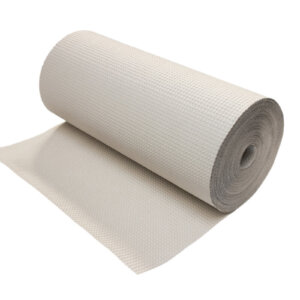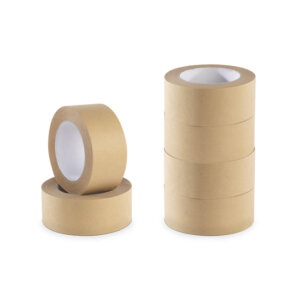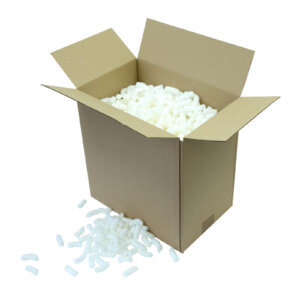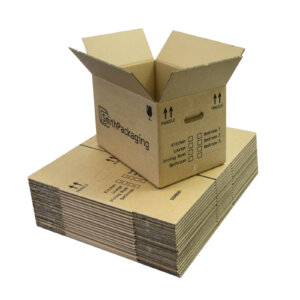By Sam Smith
February 16th 2023
House plants are amongst the most delicate items to move, and they need extra care and protection so they’re not damaged in transit when you move house.
It’s very easy to do lasting damage to a house plant with even the smallest knock or stress, but if you follow the steps in this guide, you’ll be able to pack and move your house plants safely into your new home.
Here’s a quick step-by-step guide to packing house plants for moving, and you’ll find a lot more detail below:
- Repot your plants in shatterproof pots about three weeks before you move
- Prune them a week or so later (if needed)
- On moving day, wrap your pot in protective material
- Place it in an appropriate sized cardboard box
- Surround the plant with protective packaging
- Seal and label your box (don’t forget to add air holes)
Equipment & supplies you need to pack house plants for moving
Firstly, gather all the supplies you’ll need to pack your house plants, as this makes the packing process a lot easier. Here’s all the equipment you need:
- Pruning shears or scissors – pruning your plant before you pack it will cut down its size and make it easier to move
- Shatter-proof pots – to repot your plant in a pot that won’t break in transit
- Bubble wrap – to protect your house plant from damage
- A cardboard box – to house your plant while it’s on the move
- Packing materials such as peanuts – add an extra layer of protection
- Packing tape – to seal your box (we recommend Kraft paper tape for strength and eco-friendliness)
- A good marker pen – for labelling your box so you know where to put it in your new home
A step-by-step guide to packing a house plant
When you have everything you need to hand, you can start packing your house plants by following this easy, step-by-step guide:
1. Repot your plants
Three to four weeks before you move, repot your house plants into shatterproof pots. By repotting a few weeks before, your house plants will have time to get used to their new pots and you’ll limit the number of shocks they have in a small amount of time.
2. Prune your house plants
A week or so after you’ve repotted your house plants, give them a prune (if they need it). Cutting down the size will make them easier to pack up when you move house, and they’ll be less likely to drop leaves in transit.
3. Protect the pot with bubble wrap
When you come to packing your house plants, the first thing you need to do is wrap the pot in bubble wrap. You could also put the pot in a plastic bag to stop the soil from spilling out. Don’t wrap the whole plant though, only the pot.
4. Put your plant in a cardboard box
Firstly, tape the bottom of the box so it’s completely secure. Then, place your plant (or multiple plants if your box is big enough) in the box.
5. Add protective packaging
When your plant is safely in your cardboard moving box, surround it with protective materials. That could be old newspaper, strong paper, or packing peanuts. Make sure your plants are properly secure and wouldn’t be able to tip sideways or fall out of the box.
6. Seal and label your box and add holes for air flow
Seal your box with strong packing tape, then use your scissors to punch a few holes in the top and sides so some air and light can still reach your plants. Label your box with the room that the plant will be going into in your new home.
If you have lots of plants, you may also want to add a quick description so you know which one it is, such as “succulents for bathroom” or “cheese plant for kitchen”, etc.
Moving large house plants
If you have an extra large house plant that you’ll find difficult to move, it might be a good idea to find a removal company with specialist equipment and expertise to move it safely. However, not all moving companies will move plants as they’re living things, and they don’t typically move plants long-distance.
If that’s the case and you need to move a large house plant yourself, it’s best to keep it in its pot. Cushion the pot as much as you can, and place it on newspaper in your removal van. If you can, secure the pot to the van using ratchet straps.



